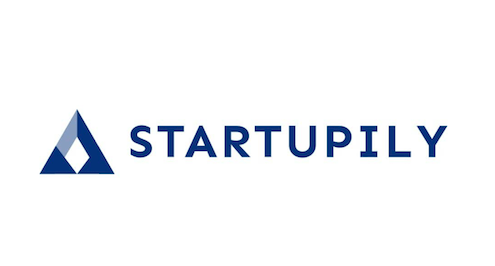Setting sail on the entrepreneurial journey is an exhilarating yet challenging endeavor. One of the critical tools in an entrepreneur’s arsenal is the elevator pitch—a succinct presentation that encapsulates the essence of their business within a brief span of 30 seconds. This concise and impactful narrative serves as the gateway to securing vital investor interest, making it a pivotal aspect of any startup strategy.
Why The Elevator Pitch Matters
In a world where attention spans are fleeting, entrepreneurs must master the art of capturing interest swiftly. The elevator pitch is akin to a first impression—it needs to be compelling, concise, and memorable. The ability to distill your business concept into a brief, engaging narrative can be the difference between piquing an investor’s interest and fading into the background of countless pitches.
Overly Formal Delivery
Crafting your pitch should resemble a natural conversation, not a formal address. Writing it down aids clarity, but avoid sounding like you’re reading from a script. Connect genuinely with your audience.
Rambling Narratives
A lack of organization can lead to rambling. Ensure your pitch is well-structured. If there’s a lack of interest, resist the urge to provide excessive details. Stay focused and deliver impactful points.
Excessive Rehearsal of The Elevator Pitch
Practice is key, but too much rehearsing may strip away authenticity. Studies show that genuine, spontaneous delivery resonates better. Strike a balance between preparation and maintaining a natural flow.
Watch this video: Gary Vaynerchuk an Inspirational Entrepreneur
Market Neglect
Investors seek a comprehensive view. Besides presenting the problem and solution, delve into your market. Share insights on your target audience, competitors, and growth potential. Substantiate your approach with solid data.
Lack of a Concise Setup
Capture attention from the start. Craft a compelling opening sentence that succinctly describes your company. Avoid unnecessary details early on. Focus on addressing the core market problem and proposing a solution.
Failure to Evolve
Your elevator pitch, like your business, should adapt. Be open to refining and updating it. Continuous improvement ensures your pitch remains captivating. Embrace change to maintain audience engagement.
In essence, the entrepreneurial journey demands a mastery of the elevator pitch—an art that goes beyond brevity to encapsulate the spirit, uniqueness, and potential of your venture. Understanding and navigating these potential pitfalls will empower entrepreneurs to wield their elevator pitch as a powerful instrument for securing investor interest and propelling their business forward.
- Driving Sustainability Forward: How ESG Reporting Technology Helps Companies Lead With Purpose
- Creating A Hygienic Environment: Three Of The Most Important Aspects Explored
- How to Grow Your Career Through the Many Stages of Self-Employment
- How To Give Your Marketing Campaign More Impact
- 3 Operational Tips For The Closure Of An Unsuccessful Business


Very interesting also investors are interested in What’s In It For Me (WIIFM). They too want to know why they should lend you their money and what you can do for them. So if I may suggest that you start out with an attention-grabbing headline and follow that up with an engaging sentence or two. Something that lets them know you have a solution without actually giving it to them. Then educate them in the body of your pitch. Finishing it off with an offer for more information, a follow up appointment, whatever.
Keep up the good work.